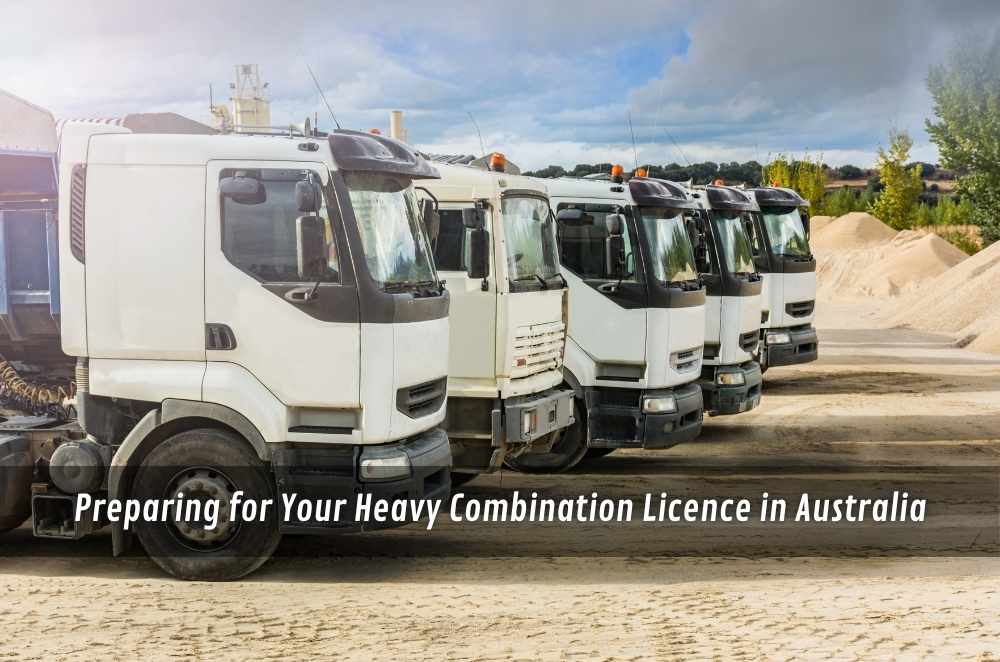
You know those moments when you catch a glimpse of a long-haul truck eating up the road, trailer swaying behind it, and wonder what it’d take to be behind the wheel? For a lot of Aussies—including myself—that’s the start of the itch to get into transport. But it’s not as simple as just showing up and grabbing the keys. Earning a heavy combination truck licence is the gateway, and it means you’re not just trusted to drive bigger rigs but also to look after everyone sharing the road with you. When I began thinking about stepping up from driving smaller vehicles, I was surprised by how much the process involved—not just ticking boxes, but genuinely learning new skills and shifting your mindset. Honestly, what first felt intimidating ended up being a real confidence boost. For anyone curious or ready to make that leap, it’s worth knowing what’s ahead so you can line things up for a smoother run.
Navigating the heavy vehicle licence requirements in NSW
For most drivers aiming to step up, the whole thing can feel like a bit of a maze—especially in New South Wales, where every box seems to have another layer beneath it. The state’s system is thorough, and honestly, it makes sense when you see what’s at stake. There’s no shortcutting your way in; safety and skill are front and centre, not just in name but in every bit of paperwork and assessment you’ll find yourself dealing with.
Key things that cropped up on my radar:
The right licence history matters. You’ll be asked to show you’ve put in your time before you move up.
Medicals aren’t just a formality—they’re looking for real-world fitness.
Government assessments are compulsory, not optional.
There’s this baseline assumption that you’re already confident with heavy gear and ready to get on top of the newer systems out there.
Looking back, what helped me most was getting my head around the heavy vehicle licence requirements in NSW, which sets out—not just memorising steps, but actually understanding what each stage was there to achieve. Once I connected the dots between what’s on the checklist and the real-life skills you’ll use out on the road, it felt less like red tape and more like building a proper foundation for the work ahead.
Choosing a truck licence training provider
After you’ve worked out the lay of the land on requirements, you’ve got to make a call on who’s going to train you. I wish I’d had someone lay it all out for me at the start because it’s easy to get dazzled by flash websites or cheap deals. That’s not what gets you through the test—or, more importantly, keeps you safe.
Here’s the stuff I should’ve looked at from the start:
Real experience matters more than how polished the website looks. If the trainer’s done the miles, it shows.
What you’re driving during training should actually match what you’ll be driving at work; otherwise, it’s a shock to the system.
The right kind of feedback makes a difference. I once got told I needed to slow down—sounds basic, but no one had pointed it out before.
Flexibility isn’t just a bonus. It’s a must when you’re working around shifts, family, and all the rest.
The choice of a truck licence training provider isn’t just about ticking off the government’s requirements. It has a way of colouring your whole experience—good or bad. A trainer who cares will push you, tell you straight when you’re not there yet, and not just handball you off to the assessment at the first opportunity.
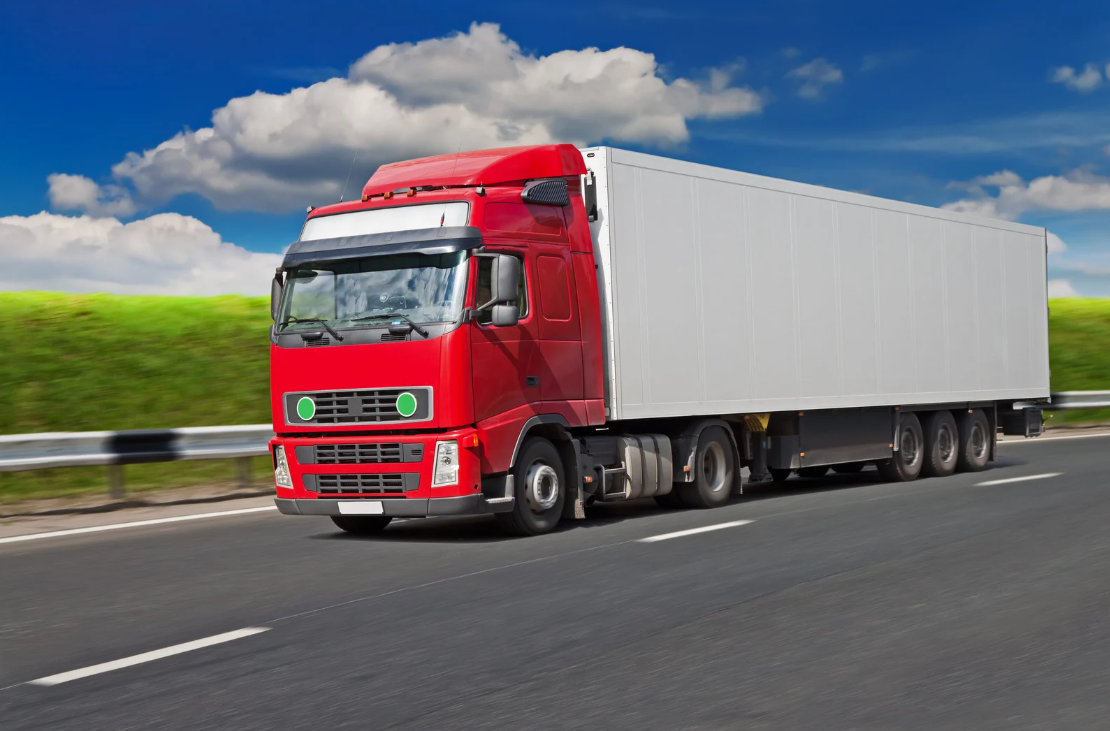
The reality of the truck driver licence process in Australia
Once you finally get that licence—trust me, there’s a bit of relief and pride. But anyone who thinks it’s the finish line hasn’t actually spent much time out there yet. The truck driver licence process in Australia keeps you on your toes. I didn’t realise just how often I’d be learning something new, or dealing with things the original training never really touched on. There are moments where you’re double-checking regulations, listening to old hands talk about mistakes, or getting put on a new rig and having to learn by doing, sometimes the hard way.
There’s a kind of expectation in the industry that you won’t stop learning. Routes change, jobs change, and technology changes. If you coast, you get caught out. I made my share of rookie errors and had a few close calls that taught me a lot more than any manual. Those lessons stick with you—usually because you don’t want to repeat them.
You start to see the bigger picture pretty quickly: every shift is a new chance to get a little better. People might not say it out loud, but there’s a respect that comes with someone who doesn’t act like they know everything after passing their test.
Final thoughts
Getting that heavy combination licence isn’t just about passing a test or clearing hurdles. It’s something that shifts how you see yourself and the job. I reckon most people who take it seriously feel a bit of pride the first time they haul a full load out of the yard on their own. The path is different for everyone—some breeze through, others trip on paperwork or get rattled by a hard-nosed trainer. That’s part of the journey, and in a strange way, it’s what makes it worth doing.

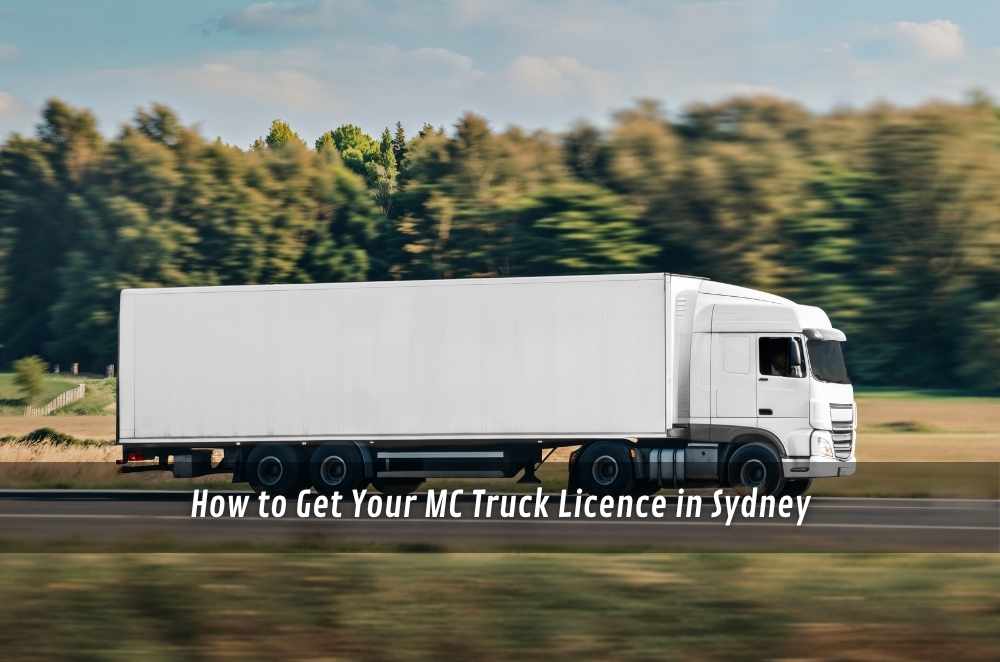
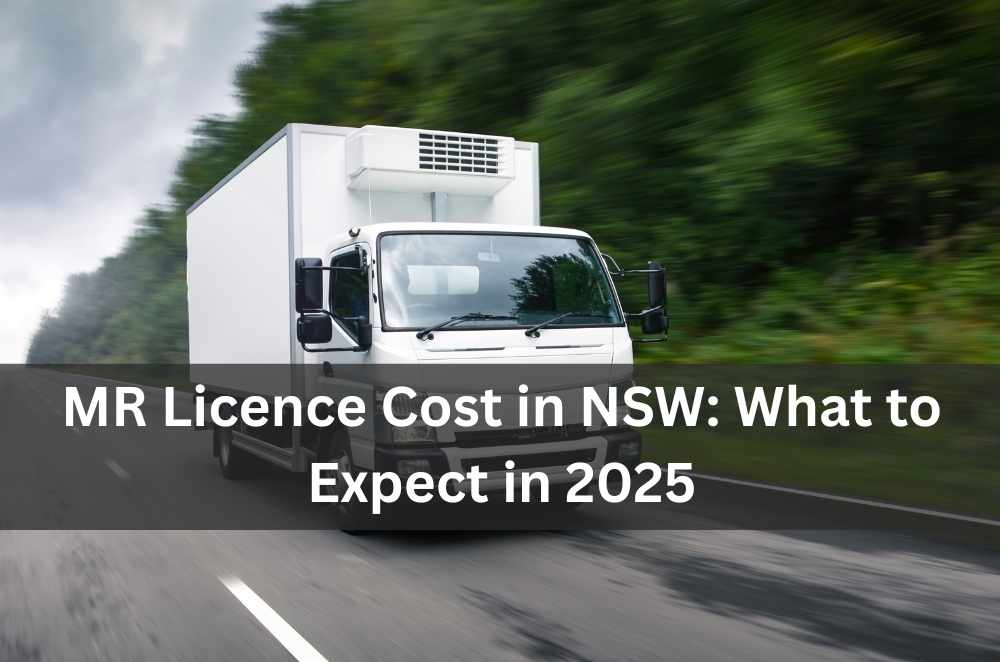
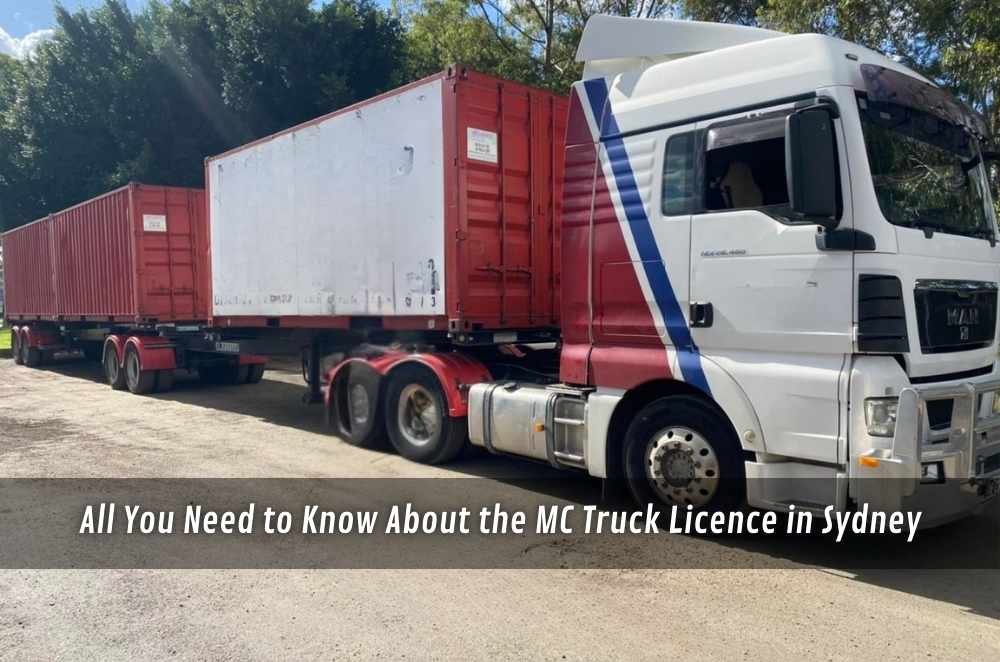


Write a comment ...